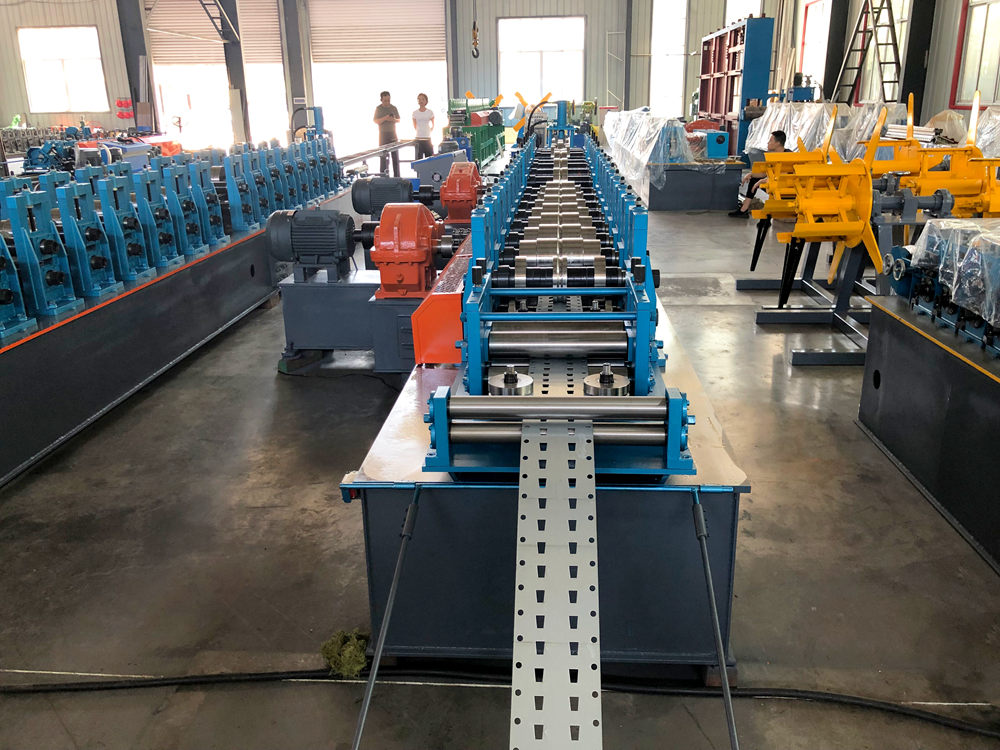
Understanding Tube Rolling Mills An Overview
Tube rolling mills are essential machines used in the manufacturing process of tubular products. The technology dates back to the industrial revolution, but advancements over the years have made modern tube rolling mills more efficient and versatile. This article provides an overview of the tube rolling mill process, its significance in various industries, the types of mills, and the innovations shaping the future of this vital manufacturing technology.
The Tube Rolling Process
The tube rolling process involves transforming a flat metal strip into a tubular shape through a series of mechanical processes. The initial step is known as piercing, where a round hole is created in a metal slab or billet. This is typically done using a piercing mill, which uses a combination of heat and pressure to create the hollow tube.
Once the initial hole is made, the material is fed into the rolling mill, where it undergoes repeated passes through a set of rollers. Each pass reduces the thickness of the wall and increases the length of the tube. The rolling mill can be configured in various ways, including the use of two or three rolls, depending on the desired tube dimensions and thickness.
The heating of the material is often necessary to ensure malleability, allowing the metal to be shaped without breaking. In many operations, induction heating or other forms of heating are applied prior to rolling. This thermal treatment improves the mechanical properties of the metal, resulting in a finished product that meets specific standards for strength and durability.
Key Types of Tube Rolling Mills
There are several different types of tube rolling mills, each designed for specific applications and tube characteristics. Some of the most common types include
1. Continuous Tube Mills These mills utilize a series of rolling stands arranged in a line, allowing for continuous processing of material. They are ideal for high-volume production and are employed in the manufacturing of thin-walled tubes.
2. Mandrel Mills Mandrel mills are equipped with a mandrel that supports the tube during the rolling process, maintaining the tube's shape, and preventing deformation. This type is especially useful for producing thicker-walled tubes.

3. UOE Mills The UOE (U-ing and O-ing) process is used for producing large diameter pipes. In this method, the metal is first formed into a U-shape before being further processed into an O-shape to close the seam.
4. Helical Mills These mills create helical tubes, which are used in applications requiring specific flow characteristics, such as in heat exchangers.
Applications of Tube Rolling Mills
Tube rolling mills play a crucial role in various industries. The oil and gas sector relies on strong, durable pipes for transportation and drilling applications. Similarly, the automotive industry requires high-quality tubes for exhaust systems, frames, and other components. Additionally, industries such as construction and aerospace also depend on tubes for structural integrity and lightweight design.
Moreover, the manufacturing of specialized tubes, such as boiler tubes and medical tubing, highlights the versatility of tube rolling mills. These products demand precise dimensions and material properties that modern rolling mills can provide.
Innovations in Tube Rolling Technology
As with many manufacturing processes, the tube rolling industry is undergoing continuous innovations. Advanced computer modeling and simulation tools help manufacturers optimize their processes, reducing waste and improving product quality. Moreover, automation and robotics are becoming increasingly prevalent, allowing for higher speeds and greater precision in tube production.
Sustainability considerations are also driving innovations in tube rolling mills. Many manufacturers are exploring ways to reduce energy consumption and minimize environmental impact. This includes improved heating techniques and the utilization of recycled materials in the production of tubular products.
Conclusion
Tube rolling mills are fundamental to the production of various tubular products used across numerous industries. Understanding the process, the types of mills, and current innovations helps manufacturers enhance productivity and product quality. As technology continues to evolve, tube rolling mills will likely become even more efficient and sustainable, meeting the demands of the future while contributing to key sectors of the economy.